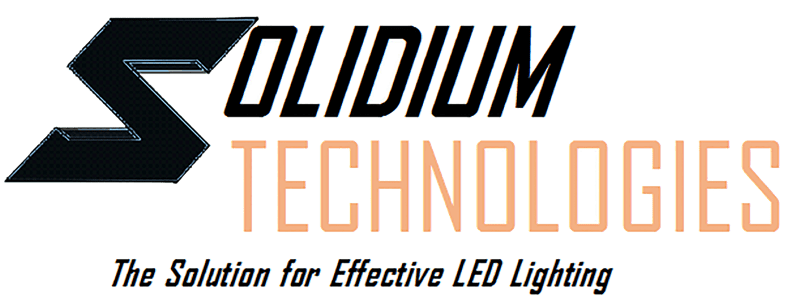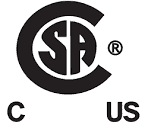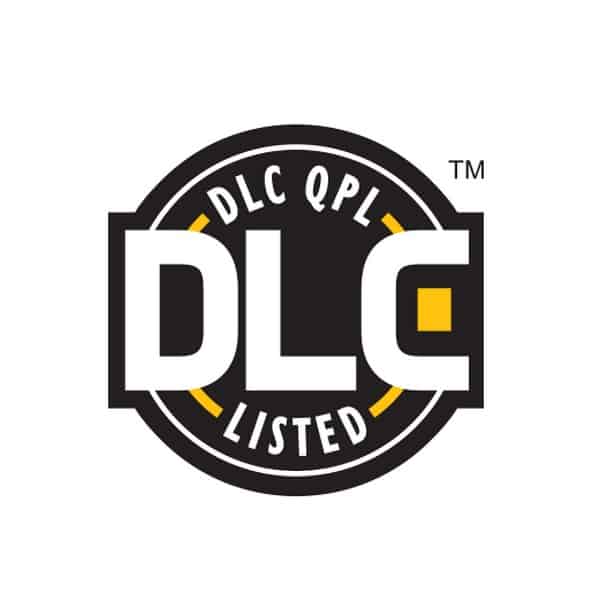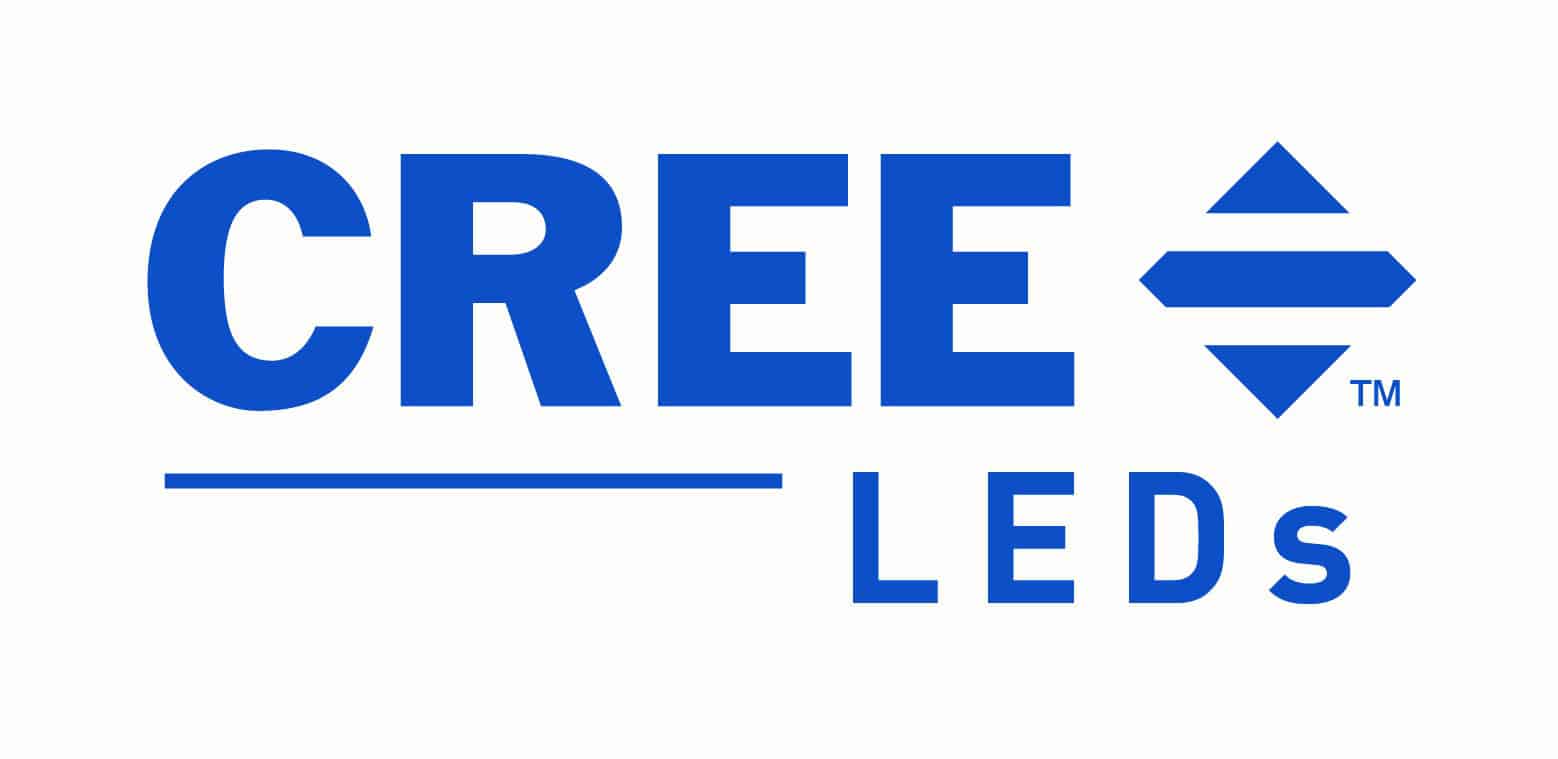“There’s a fundamental flaw with fan-and-heatsink cooling systems: no matter how hard the fan blows, a boundary layer of motionless, highly-insulating air remains on the heatsink. You can increase the size of the heatsink and you can blow more air, but ultimately the boundary layer prevents the system from being efficient; it’s simply a physical limitation of fan-and-heatsink cooling systems in specific, and every kind of air-cooled heat exchanger in general, including air conditioning and refrigeration units.” –from ExtremeTech.com
The cooling system of lights does not rely solely on a “fan blowing” over the fins of the heat sink. We designed our system to use the fan as an extra component to achieve the desired efficiency.
The design of the heat sink was carefully mapped base on the specific footprint of the LED. Each LED releases a heat signature. This heat signature was mapped and the location of the fins placed accordingly. The fans just help so the system does not saturate and only 10% of the total volume of the system is used.
A function of the heat sink is to transfer heat from one place to another. The problem is that the heat sink must saturate first before it starts dissipating heat.
Our design does not wait for this phenomenon to happens, it gets rid of the heat right where the heat signature of the LED happens. This is our proprietary technology and it is our “DIFFERENCE”.
By utilizing this technique, we can maintain a constant temperature of 30° C to 35°C at the junction temperature. This is an important factor since the temperature of the LED will determine several factors:
- Light efficiency
- Longevity
- LM-70 of the fixture
The heat sink was designed to perform even if the fans were not there. The LEDs we utilize for our new lights can safely perform at 105° C at the.




